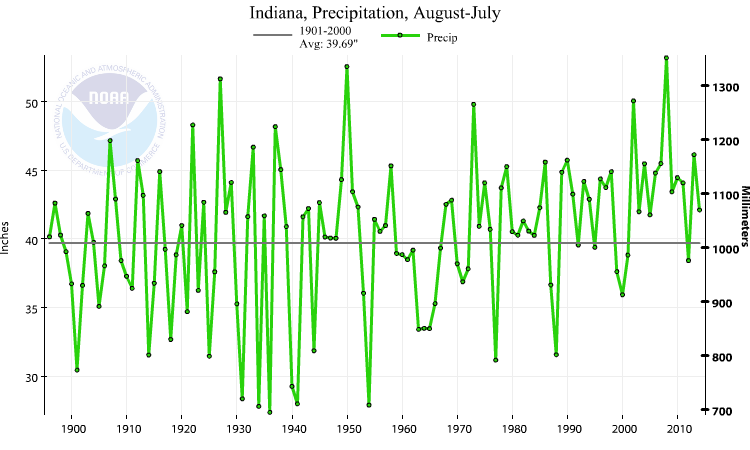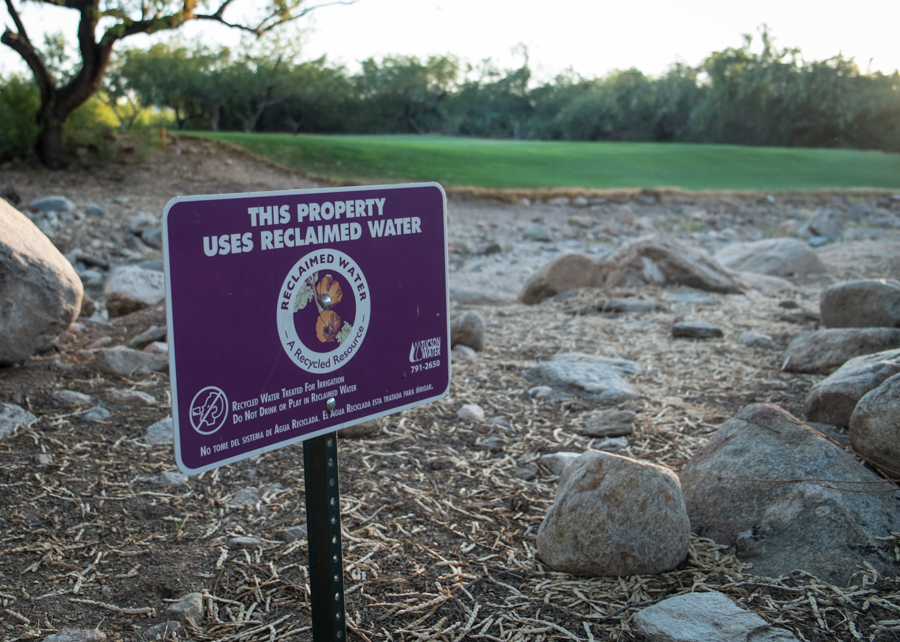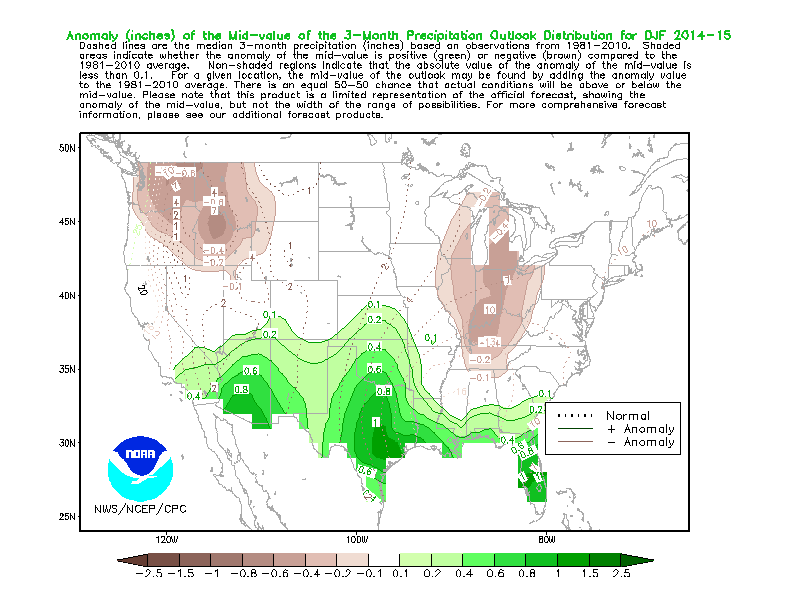There was a great bit of humorous business that my offspring Reed helped me cook up over the weekend for this column, which ended up on the self-editing floor. The column was in part about how we all put too much stock in El Niño as our savior from drought, and Reed reminded me of that great scene in Life of Brian where a frustrated Brian is trying to explain to the throng assembled outside his Mum’s apartment that he is not the Messiah:
BRIAN: Look. You’ve got it all wrong. You don’t need to follow me. You don’t need to follow anybody! You’ve got to think for yourselves. You’re all individuals!
FOLLOWERS: Yes, we’re all individuals!
BRIAN: You’re all different!
FOLLOWERS: Yes, we are all different!
DENNIS: I’m not.
ARTHUR: Shhhh.
FOLLOWERS: Shh. Shhhh. Shhh.
BRIAN: You’ve all got to work it out for yourselves!
FOLLOWERS: Yes! We’ve got to work it out for ourselves!
BRIAN: Exactly!
FOLLOWERS: Tell us more!
BRIAN: No! That’s the point! Don’t let anyone tell you what to do!
So many layers there – El Niño, named after the Christ child, but as the column explains, it’s really not our savior. But it was a bridge too far for a newspaper column.



